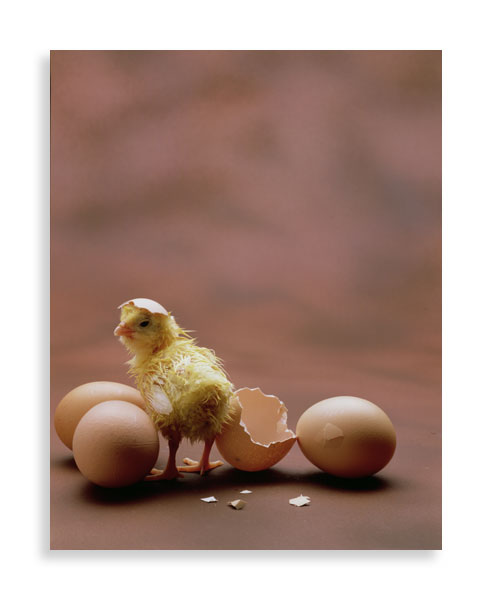

This has been reported to occur even in places where such practices are illegal. Reptile hatchlings, especially those of turtles, are often sold as pets. In species such as crocodiles, hydration levels also play an important role in embryo survival. For example, late-hatched loggerhead turtles are taken in by such groups as the University of Georgia to be raised. Human intervention has also benefitted hatchling reptiles at times. In the wild, hatchling survival rates are extremely low due to factors such as predation, for example, by crabs, as well as due to human-made obstacles. Hatchlings of the species Iguana iguana also gain gut flora essential to digestion from adults as part of their development. They also head towards the brightest part of the horizon in order to reach the water: however, human activity has created sources of light which mislead the turtle hatchlings, causing them to not travel directly to the water, making them vulnerable to dehydration and predation. For example, turtle hatchlings instinctively swim against waves to ensure they leave the beach and its predators. Upon hatching, animals such as turtles have innate navigational skills, including compass and beacon methods of navigation, to reach safety. Persistent Organic Pollutants (POPs) and other pollutants like octylphenol are also known to increase rate of hatchling mortality and deformity. However, exposure to xenobiotic compounds, especially endocrine-disrupting compounds, can affect hatchling sex ratios as well.

In sea turtles, this usually occurs about 60 days after the laying of eggs, and often at night. In species in which eggs are laid then buried in sand, indentations in the sand can be a clue to imminent hatching. In sea turtles, hatchling sex is determined by incubation temperature. This appears to have been the case even in dinosaurs. When first hatched, hatchlings can be several times smaller than their adult forms: Pine Snakes weigh 30 grams when they first hatch, but can grow up to 1,400 grams as adults. Most hatchling reptiles are born with the same instincts as their parents and leave to live on their own immediately after leaving the egg. The reptile hatchling is quite the opposite of an altricial bird hatchling.


 0 kommentar(er)
0 kommentar(er)
